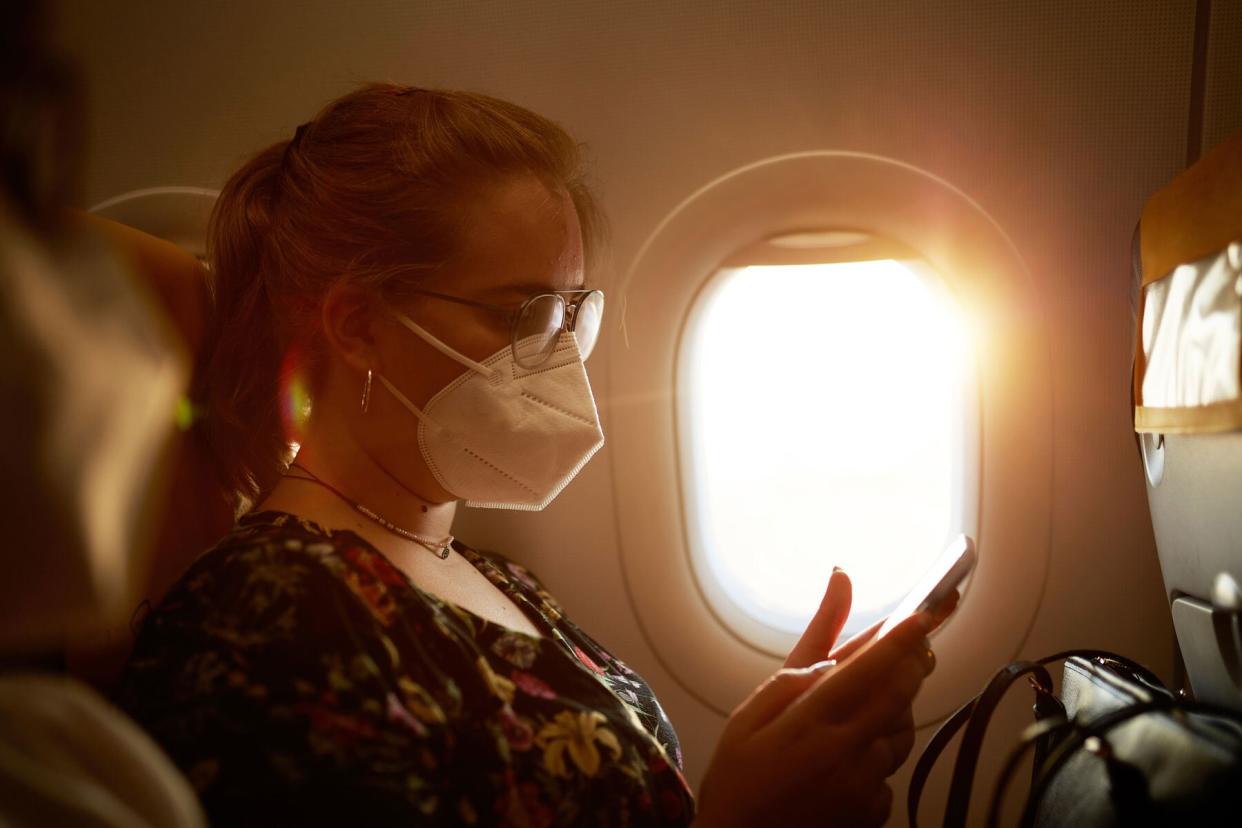Why You Should Always Choose a Window Seat on a Plane During Flu Season

Getty Images
Getting ready to fly soon? You may want to book early and snag a good seat so you can avoid any sniffles.
Since 2020, much of the attention on health and flying has been focused on the spread of COVID-19. (Many studies have come out concluding that flying is a relatively low-risk activity, though like everything now, it's up to you to determine your risk tolerance.) However, it's also important to remember that the good old-fashioned flu is back, so you may want to take a few preventative measures to avoid that too. The good news is, many of the things you're doing to avoid COVID-19 (including washing your hands, wearing a mask, and social distancing) all work to prevent the flu as well. But if you're flying, we've got one more tip: Book a window seat.
According to a 2018 study from Emory University, which followed more than 1,500 passengers on 10 transcontinental flights, the "infectious zone" in a plane is likely much smaller than you may think.
According to the study, most passengers on an airplane have just a 3% chance of becoming infected with the flu by a fellow passenger. However, this number greatly increases within that infectious zone, which is defined as sitting within three feet of a sick passenger. If you're in that hot spot, your risk of illness jumps to 80%, according to the study.
How does a window seat help? According to the authors, it's the safest spot because it's the most isolated seat you can find (other than those ultra-luxe first class mini cabins). That's because there is only one passenger beside you, and gives a passenger much-needed inches from the aisle, where crew and other passengers can frequently pass by.
According to the study's findings, passengers in aisle seats had 64 "contacts" with other passengers during a flight, making it the greatest contact space. The middle seat came in with 58 contacts, and the window seat passengers had just 12. So, go ahead, claim that window seat. As a bonus, you'll get an excellent view, too. And before you embark on your journey, don't forget to wear sunscreen (really!) and pack these travel essentials, which could help make for a safer flight for you and your fellow passengers.

